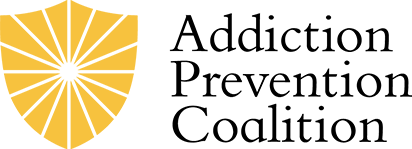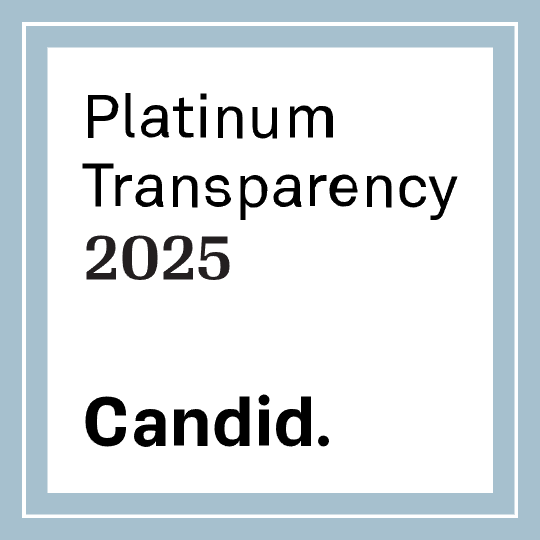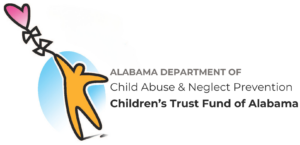If you mistakenly say “Parkay” (margarine) when you mean “parkour” (urban freerunning), then you’ll likely scratch your head when you see “Got skrill need wings A3” on your teenager’s phone. Those texting code words, which translate to “Got money; need cocaine; anytime, anywhere, anyplace,” are designed to fly under your radar. Yet they’re a clear signal that your child is involved in the drug scene.
 An ever-evolving vocabulary makes it difficult for parents to decipher the text messages zipping back and forth between their children and their children’s friends. Each year, the U.S. Drug Enforcement Agency publishes an updated report for law enforcement personnel listing thousands of slang terms and code words for drugs and emphasizing those are new to the scene. Knowing the lingo can alert you to the possibility that your child is using drugs, and can pave the way to getting help for substance abuse.
An ever-evolving vocabulary makes it difficult for parents to decipher the text messages zipping back and forth between their children and their children’s friends. Each year, the U.S. Drug Enforcement Agency publishes an updated report for law enforcement personnel listing thousands of slang terms and code words for drugs and emphasizing those are new to the scene. Knowing the lingo can alert you to the possibility that your child is using drugs, and can pave the way to getting help for substance abuse.
Here’s a rundown on the latest code words that kids are using to discuss drugs.
Prescription Painkillers
Narcotic prescription painkillers – included in the class of drugs known as opioids – are devastatingly addictive. According to an ongoing study, “Monitoring the Future,” that surveys eighth, tenth, and twelfth graders about their drug use, approximately seven percent of high school seniors reported having used prescription narcotics. Prescription painkillers include Demerol, hydrocodone, morphine, oxycodone, and Percocet. If two teens are talking about “Triple V,” they are likely referring to a “cocktail” of Vicodin, Valium, and Vodka. Here are other slang terms relating to narcotics that should be on your radar:

- Dones
- Idiot Pills
- Lemonade
- Cotton
- Kickers
- Miss Emma
- Monkey
- Roxy
- 512s
- M-30s
- Paulas
- White Stuff
Amphetamines
The public has known about the risks of amphetamine abuse since 1967’s Summer of Love, when teens flocked to San Francisco’s Haight-Ashbury district and word went out that “speed kills.” Today’s amphetamines can take a variety of forms, ranging from prescription medications for ADHD to methamphetamine. Nine percent of twelfth graders report having used amphetamines, and between one and two percent report having used methamphetamine or crystal meth. Here are code words to watch for:
Amphetamines:
- Crosses
- Dexies
- Geeked up
- Pastas
ADD and ADHD Medications:
- A-Train
- Abby
- Diet Coke
- Pineapple
- Rids
- Smarties
- Study Buddies
Methamphetamine:
- Amp
- Chicken Feed
- Chris
- Cold One
- Ice Water
- Paint
- Small Girl
- Yellow Cake
Marijuana
While 30 states have legalized medical marijuana and nine have greenlighted recreational use, Alabama isn’t among them. According to the “Monitoring the Future” study, an astounding 45 percent of high school seniors report having used marijuana. Marijuana use undoubtedly impacts adolescent brains, which continue to develop until a young adult’s mid-twenties. In fact, research indicates that memory, learning, problem solving, and information processing can be affected by cannabis. Be on the lookout if your teen uses these terms with their friends:
- 420
- Alfalfa
- Blue Dream
- Fattie
- Girl Scout Cookies
- Hoja
- Loud
- MMJ
- My Brother
- Pink Panther
- Tigitty
- Top Shelf
- Zip
Inhalants
Close to five percent of high school seniors report having used inhalants. “Huffing” involves breathing in chemical fumes applied to a cloth, while “bagging” is inhaling fumes from substances that have been sprayed or poured into a plastic bag. The substances inhaled are legal, ranging from paint thinners and gasoline to felt-tip markers and glue. Teens inhale propellants used in aerosol spray paint, vegetable oil spray, and hair spray, as well as gases like propane and butane. Offering a short-term high, inhalants can lead to long-term brain and organ damage. Be on the lookout for these slang terms:
- Air Blast
- Bolt
- Highball
- Huff
- Oz
- Snotballs
- Toilet Water
- Whippets
- Whiteout
Hallucinogens
Hallucinogens alter the senses, typically leading to experiences of either sensory deprivation or sensory overload. Five percent of twelfth graders admit to having taken LSD, and another five percent say that they’ve taken other types of hallucinogens. Here are code words to watch:
LSD:
Bomba
Cid
Looney Tunes
Lucy
Pop
Superman
Psilocybin:
Blue Meanies
Cubes
Lazers
Musk
Silly Putty
Stemmies
Peyote/Mescaline:
Buttons
Love Flip
Microdot
Moons
Shaman
Ecstasy
Ecstasy can best be described as a cross between amphetamines and hallucinogens. Sometimes called the “hug drug,” self-conscious teens may find that ecstasy releases their inhibitions at parties and dances. Almost five percent of high school seniors say that they’ve consumed ecstasy, also known as MDMA. Pay attention if you hear your teen talking about:
- Bombs
- Go
- Green Apple
- Malcolm X
- Pingers
- Smacks
- Vowels
- XTC
Cocaine
Highly addictive, cocaine and crack cocaine can have devastating effects on the lives of adolescents. More than four percent of twelfth graders have at least tried cocaine, including close to two percent who have used crack cocaine. Cocaine is typically a white powder that is snorted or – less frequently – injected, while crack cocaine is solid and may look like cream- or tan-colored rocks. Code words include:
- Adidas
- Apache
- Big Bird
- HHJ
- Ice Cream
- Jump Rope
- LV
- Richie
- White Wall Tires
Heroin
Heroin, the granddaddy of all illegal drugs, has been used by almost one percent of twelfth graders. In other words, more than 35,000 high school students in the U.S. have tried or are using heroin. Made from morphine harvested from opium poppies, heroin can be injected, snorted, or smoked. It can also be combined with other drugs, such as cocaine (“Speedball”), fentanyl (“Birria”), marijuana (“A-Bomb”), and methamphetamine (“Goofball”). Watch for these code names:
- Black Shirt
- Butter
- Dark Kind
- Dragon
- Goat
- Mexican Food
- Scramble
- Soda
- Thunder
- Weights
Teenagers have always used slang, but texting has accelerated – and in some cases abbreviated – the evolution of teens’ drug-related vocabulary. If your teen’s texts don’t make sense, or if you overhear them talking to a friend in code, trust your instincts. Try and get to the bottom of the mystery and determine whether or not they are using drugs.
According to Latrice Dailey, Adolescent Counselor at Beacon Recovery, a UAB Medicine-affiliated outpatient substance abuse treatment program for adults and teens ages 13 to 18, having a successful conversation about your child’s drug use takes restraint, compassion, and empathy. “You definitely want to come from a place of empathy and concern,” said Dailey. “Be direct, be genuine, but ask the tough questions.”
If you suspect your child has a substance abuse issue, call Beacon Recovery at (205) 917-3733, extension 103 to schedule an appointment for an assessment.









